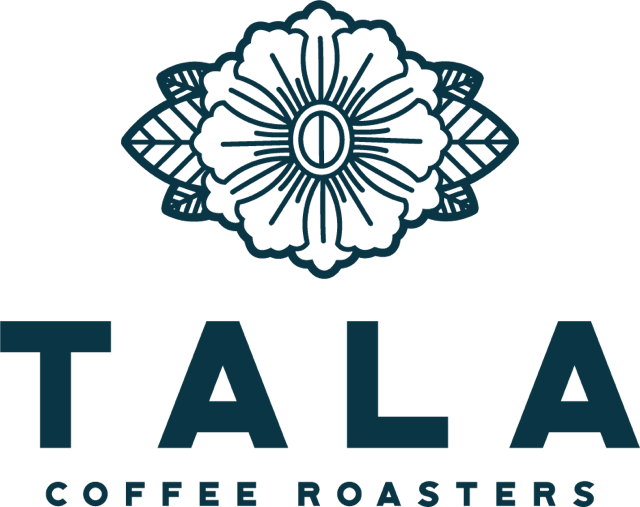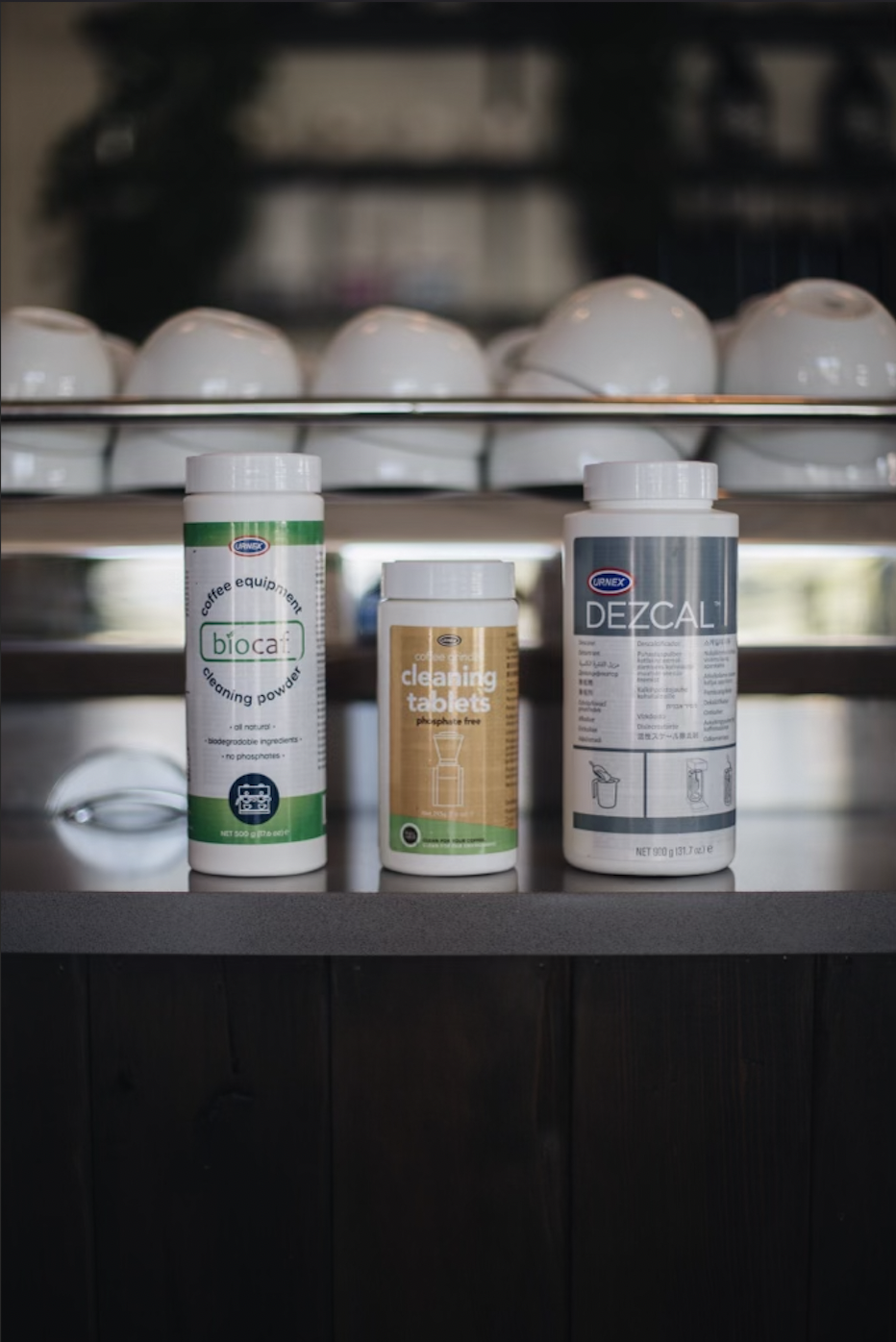Spring Cleaning: Coffee Edition
Birds are singing early in the morning, days are getting longer and spring is in the air! It’s time to open the windows, refresh, and declutter from the winter.
Spring cleaning helps us to reset and get organized. This transition runs from our wardrobes, to our home decor, to the appliances we use all winter long. Your coffee equipment is no exception. The more use a coffee mug, maker or grinder gets, the more it will show. The good news is there are steps you can take to make your gear to look all shiny and clean if you know how. Don’t worry, this doesn’t have to mean scrubbing with soap and sponge for 20 minutes to get the coffee mug one tone lighter.
Proper coffee cleaning can be broken down into three main steps: cleaning coffee residue, cleaning water tanks, and cleaning the grinder.
Cleaning coffee residue
After using a mug or thermos for weeks, months, or even years, coffee buildup is unavoidable. This buildup is due to the tannins in the coffee. Tannins are any molecule that bind with a protein (in this case our saliva) and in most cases they are found in plant matter. Tannins are responsible for adding to the color as well as the taste of the coffee. If there are more tannins present it usually makes the cup of coffee taste more bitter. This makes sense because darker roasted coffees contain more tannins than lighter roasted coffees. The way the coffee is processed can also affect the amount of tannins in your morning coffee.
These feisty tannins are most commonly dark brown stains on the inside of your mugs, thermoses and coffee pots. Don’t fret, in the coffee industry they are very common and very easy to get rid of so your gear will be good as new in no time! The first thing you need to do is get some coffee residue cleaner. Coffee residue cleaner is a specifically deigned cleaner made of sodium carbonate, hydrogen peroxide, and sulphamidic acid. It is a powder formula that when mixed with hot water gets rid of coffee oils and residue. It is also great to use a back-flush for cleaning espresso group heads.
How to use: Using coffee residue cleaner specifically to get rid of coffee tannins on mugs, coffee pots, or any other stained surface is quite easy. All you do is take a small amount (dime-sized amount), place it in your receptacle, and then fill with hot water! If you are cleaning a whole coffee pot then you can use a little more but this stuff is strong and does not take a lot. Let it sit for several minutes and then wash out with a sponge or dish clothe and rinse. If needed you can repeat this step again.
Make sure to read the specific coffee residue cleaner instructions before use so that you know what to do for each specific product.
Find coffee residue cleaner here.
Cleaning water tanks
Up next is cleaning the water tank of your coffee maker. It is recommended that you deep clean and de-scale your water tank once a month. This is important to get rid of the hard water build up. This is especially important if you live locally in Chicago since we have very hard water. Hard water simply means there is high mineral content. These minerals are calcium, magnesium carbonates, bicarbonates and sulfates. When left unchecked hard water creates light, chalky-like build up on the walls of your coffee tank. It can also begin to block where the water flows out and cause backups in the machine. This is why we stay on top of scale buildup and make sure to do regular upkeep on our machines! To get rid of the scale buildup we use descaling liquid. This is a powder cleaner that you mix into warm water and flush through your machine.
How to use: Descaling liquid is very striaght forward. You mix 200 grams of powder for every 3.9 liters of water you are using. In order to properly flush this cleaner through your coffee maker read your individual machine’s instructions.
Remember to always read and follow the directions on the product and on your own machine for best results.
Find descaling liquid here.
Cleaning the grinder
Cleaning your grinder burrs is very important because overtime all the coffee dust and coffee bean oils will cover every surface of your grinder from the hopper to the grind chamber to the burrs. This build up of oils and particles makes your grinder work harder and eventually begins to overwork the grinder. If left unchecked for too long the oils can begin to spoil and ruin future cups of good fresh beans as well.
It is recommended that you clean your grinder once a month to reduce and flush out out all of this build up. As with our other steps, it is very simple and worth your time, especially if you missed a few months because you didn’t know. To clean the grinder you will need coffee grinder tablets. This is a citrus cleaner made up of small tablets. These tablets go into the grind chamber and runs through the burrs in order to remove coffee oils and grind particles without having to go through the work of dissembling the whole grinder!
How to use: You will start by turning on the grinder and making sure all the coffee beans/ grinds are out. Empty a capful of coffee grinder tablets into the hopper and adjust your grinder to a medium setting. Run the grinder and make sure to purge all of the tablets and dust all the way through. You can repeat this process again if you fell it may be needed.
Remember to always read and follow the directions on the product and on your own machine for best results.
Find coffee grinder tablets here.
SPring gatherings
Now that you have cleaned all of the build up from tannins, to hard water, to oils and coffee dust you are ready to start making your coffee again! Hopefully you are already feeling better because everything is squeaky clean and aesthetically pleasing.
Have some friends over, grind the beans, brew up a pot of coffee and take out your mug collection. (Shop the Tala diner mug.) Spring is the perfect time to open the windows, clean up the house, and host friends and family to enjoy quality time and some sweet coffee together!
Need help picking a coffee? Head on over to our coffee page and read about our different blends and single origin coffees. Hint: the Finca Don Jaime from El Salvador is a lovely spring coffee!



